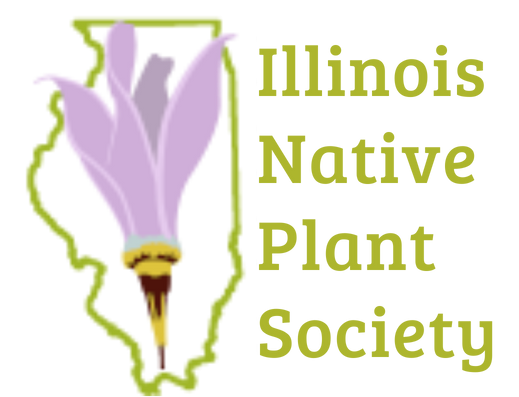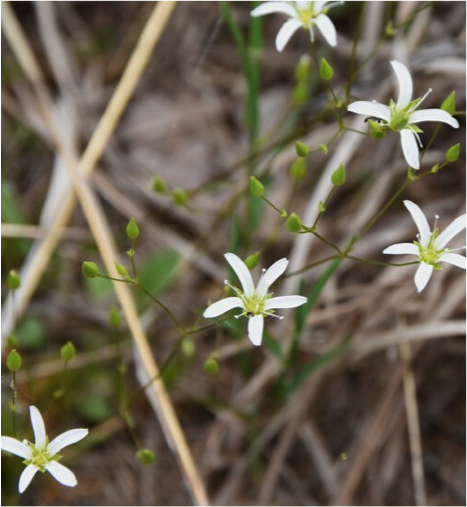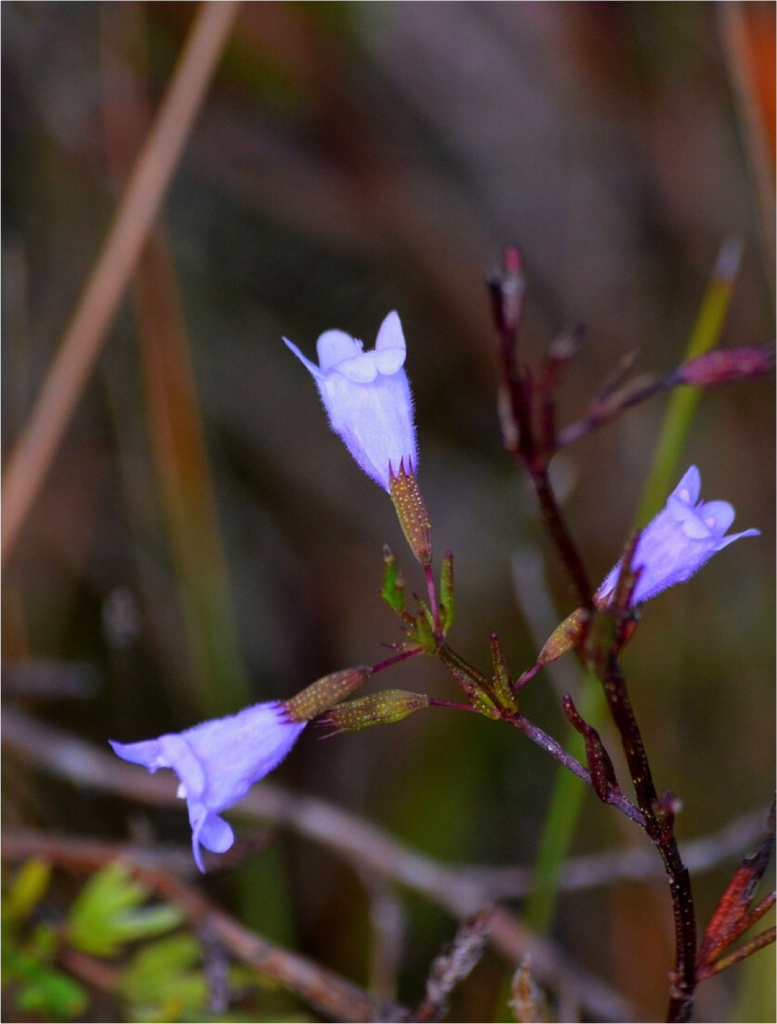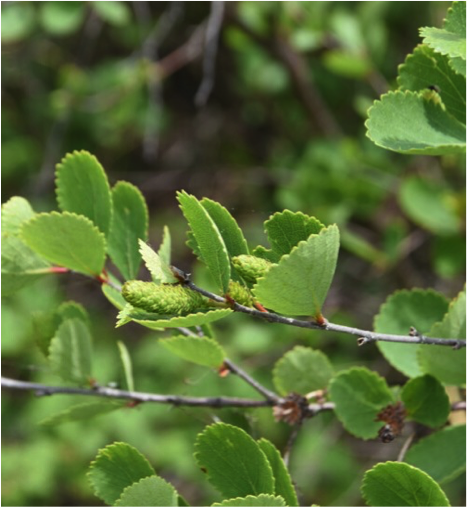Hosah Park: A Hidden Jewel Under Threat
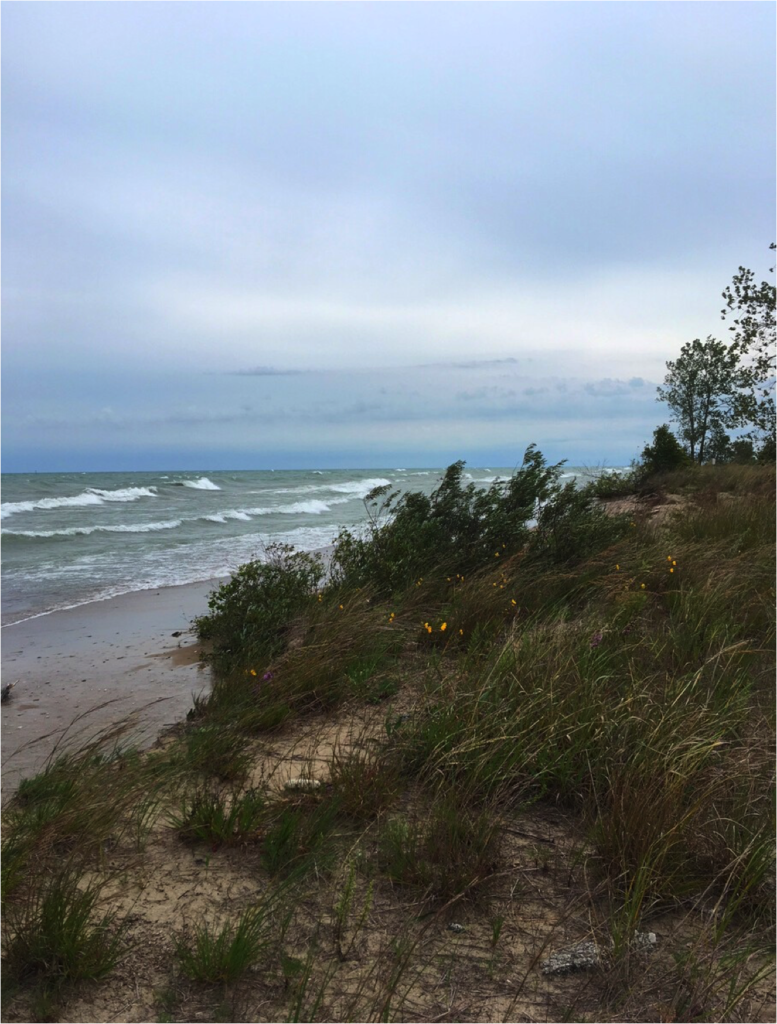
Four and a half years ago I ran into Ken Klick, restoration ecologist for Lake County Forest Preserves, at Illinois Beach State Park. Ken was headed up to do some rare plant monitoring at Hosah Park and invited me to join him. I had been to Hosah a few years before on a Habitat 2030 seed collecting workday and was charmed at what I saw and learned there. Plants of Concern rules prohibit me telling you what Ken and I monitored, but I can tell you what I DID see: Rhamnus cathartica, common buckthorn, coming up in the panne, a globally rare aquatic ecosystem. And there were other invasives as well nearby that sparked concern. Hmm. What to do, what to do? Aided by Karen Tharp of the Nature Conservancy, I did some research about the site’s ecology, called the city of Zion, and met with the head of the Park District where I shared my concerns. And… Hosah’s species list. And a proposed management plan, should they be interested in allowing me to do stewardship work there. Which they were.
Hosah Park’s 23 lakefront acres are home to 240 documented species of plants, of which 206 are native. The total mean C is 5.5, with a native mean C of 6.5. There are 20 listed species, and many more very conservative ones, as would be expected in a Grade A/B remnant lakefront sand prairie.
The park is east of a railroad spur line to the now- decommissioned Zion Nuclear Power Plant. As you walk from the small parking area to the prairie, you can see some remnants of the “corduroy” dune and swale ridges that formed from wind and sand currents as glacial Lake Chicago receded. Black oak woodland with a sprinkling of birch dominates the higher ground. A marshy area nearby was home to some nesting sora rails last year.
The path forks before the spur, with the path on the left going up to Illinois Beach State Park’s north unit, and the right fork taking you to Hosah. Native columbine (Aquilegia canadensis), sensitive fern (Onoclea sensibilis) and skunk cabbage (Symplocarpus foetidus) hint at some of the interesting things you will see on your walk. As you cross the railroad tracks, you see the wet, calcareous panne ecosystem on your left, and sand prairie to your right. (This is where Dr. Gerould Wilhelm noted the rare western golden aster (Heterotheca villosa), a species only locally seen at Hosah and in one area of the Kankakee Sands.) Along the edges of the panne you can find the conservative dwarf birch (Betula pumila) in some abundance, mixed in with blue-fruited dogwood (Cornus obliqua) and red sticks (Cornus sericea). A close cousin, lakeside redsticks (Cornus baileyi), was discovered along the shoreline by botanist Scott Namestnik in 2017 when he came up for a foray. Unfortunately, that population has been since destroyed by erosion.
The walkway that leads up to the pavilion reveals some uncommon finds along the edges: early- blooming sand cress (Arabidopsis lyrata), host to the rare Olympia Marble butterfly, seen at Hosah a few years ago by birder Adam Sell. Two, or possibly even three species of blue-eyed grass (Sisyrinchium spp.) can be seen mid-spring, along with yellow star grass (Hypoxis hirsuta). A close look at the leaves of the latter reveals just how hairy it is!
Another of my favorites is stiff sandwort (Sabulina michauxii), which holds its five- petaled white flowers high above a bristly green mound of stiff, pointed leaves. Prickly pear (Opuntia cespitosa) and Carolina rose (Rosa carolina) discourage us from walking off trail, and there’s plenty of western poison ivy (Toxicodendron rydbergii) to be mindful of on those ridges.
On the edges of the swales, tubular yellow flowers hide inside deep purple, fern-like sprouts of freshly emerging wood betony (Pedicularis canadensis). In late spring the sand prairie is glorious with hairy, hoary, and even a few lemon-yellow fringed puccoon (Lithospermum croceum, L. canescens, and L. incisum, respectively). In the summer, delicate flowering spurge (Euphorbia corollata) holds court with an incredibly long bloom season, while yellow sand coreopsis (Coreopsis lanceolata) and western sunflower (Helianthus occidentalis) provide visual counterpoint to the rich purples of aptly named cylindrical blazing star (Liatris cylindracea), rough blazing star (L. aspera), and marsh blazing star (L. spicata). If you’re lucky, you might even see the cobalt violet flowers of silky aster (Symphyotrichum sericeum).
All this against a backdrop of little bluestem (Schizachyrium scoparium), big bluestem (Andropogon gerardii), and the delicate plumes of switchgrass (Panicum virgatum). If you look closely, you might also be treated to a sniff of the tiny low calamint (Clinopodium arkansanum), which, like its cousin, mountain mint (Pycnanthemum virginianum), is very fragrant. You might also see the tiny whitlow grass (Draba reptans) or bushy pinweed (Lechea stricta) pointed out to me in 2015 by botanist Will Overbeck. Monarch butterflies are often seen at Hosah—but of course—there are five species of milkweeds!
Graminoids of interest include several rushes (mostly in the panne and swales), fifteen Carex and several non-Carex sedges, and grasses such as prairie dropseed (Sporobolus heterolepis), porcupine grass (Hesperostipa spartea), Kalm’s brome (Bromus kalmii), June grass (Koeleria macrantha), and purple sand grass (Triplasis purpurea). In 2013 botanist Linda Curtis discovered long-stalked panic grass (Dichanthelium perlongum) at Hosah. I’m not sure it’s been seen since.
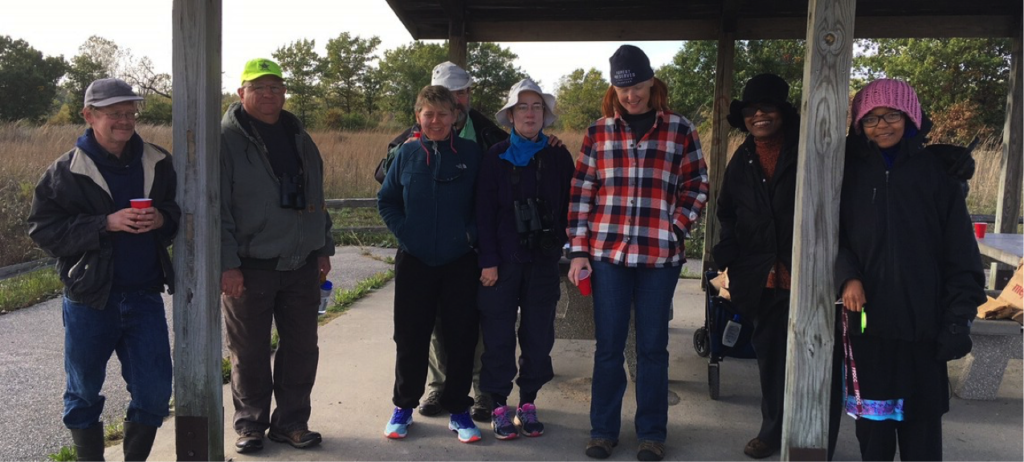
Hosah is a hidden jewel that is under threat. The winter of 2019/2020 saw the worst erosion yet. Since 2015 it has lost at least 200 feet of beach, and one section of boardwalk had to be removed in 2019 because the lake was washing up underneath it. The entire foredune and most of the dune behind the foredune have been lost to erosion. Last July we saw the toppling of a tall twin cottonwood (Populus deltoides) that had been a sentinel on the dunes for many years. (Read Henry Chandler Cowles’ account of dunesland ecosystems to learn more about these interrelationships). A unique panne system behind the second dune was filled in by sand last year, with many very rare species lost. Isolated rescues of some prickly pear and other uncommon plants were done in 2018 and 2019, with the plants moved a bit more inland within Hosah.
However, the speed and scale of erosion due to lake level rise and increased precipitation the past two years has been beyond any possible volunteer or agency resources. So we mourn the loss of these plants while feeling grateful for knowing them for a time, realizing that of all ecosystems, the duneslands are among the most vulnerable to change. Their beauty will seduce and restore you. Come visit sometime soon. Who knows what the future will bring?

